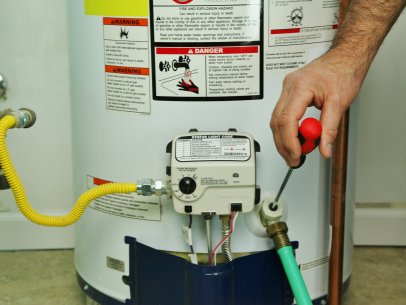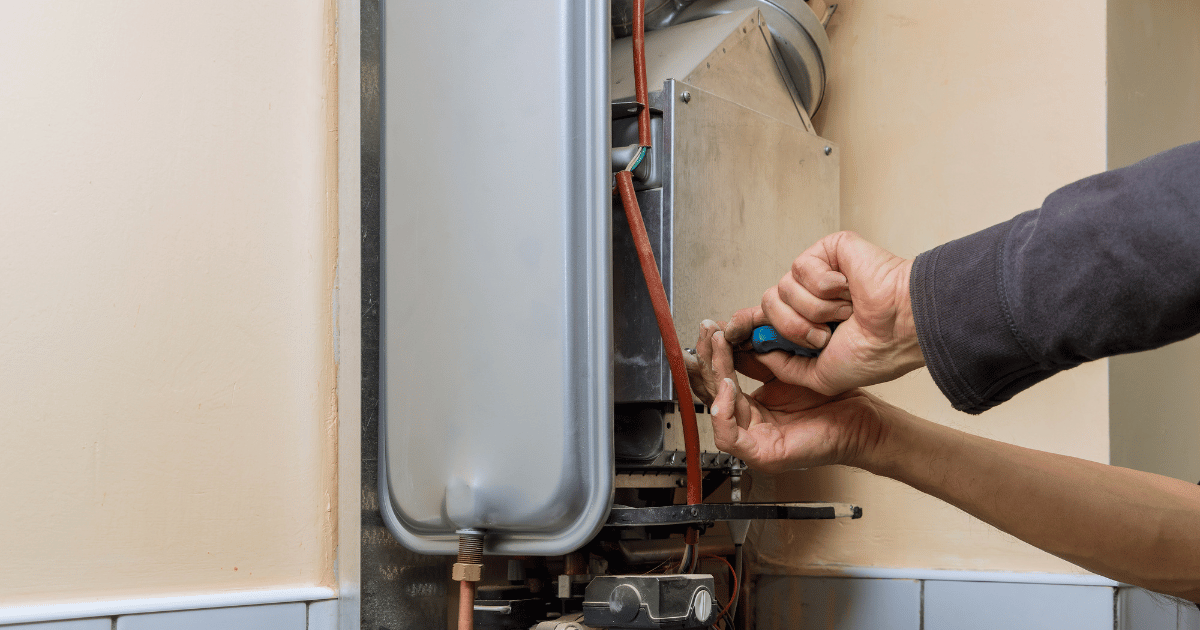How to Properly Maintain Your Home's Hot Water System
How to Properly Maintain Your Home's Hot Water System
Blog Article
In this article on the next paragraphs yow will discover some good details with regards to How to Maintain Your Water Heater & Prolong its Life.

Warm water is vital for everyday convenience, whether it's for a revitalizing shower or cleaning recipes. To ensure your warm water system runs efficiently and lasts much longer, regular upkeep is key. This post gives functional tips and insights on just how to maintain your home's warm water system to avoid interruptions and pricey repair work.
Intro
Maintaining your home's warm water system might appear complicated, however with a few easy actions, you can ensure it operates efficiently for several years to come. This guide covers whatever from recognizing your hot water system to DIY upkeep tips and understanding when to call professional assistance.
Value of Keeping Your Warm Water System
Regular maintenance not only prolongs the life expectancy of your warm water system yet also ensures it operates effectively. Ignoring upkeep can lead to reduced performance, greater power bills, and also premature failing of the system.
Indicators Your Warm Water System Demands Upkeep
Recognizing when your warm water system requires interest can avoid significant problems. Watch out for indications such as inconsistent water temperature, strange sounds from the heating unit, or corroded water.
Flushing the Water Heater
Purging your water heater gets rid of debris build-up, boosting effectiveness and extending its life.
Monitoring and Changing Anode Rods
Anode rods avoid rust inside the container. Examining and changing them when broken is essential.
Complex Issues Requiring Professional Aid
Instances include major leakages, electric issues, or if your water heater is regularly underperforming.
Routine Professional Maintenance Conveniences
Specialist upkeep can include comprehensive evaluations, tune-ups, and guaranteeing compliance with safety and security criteria.
Evaluating and Changing Temperature Setups
Changing the temperature level settings guarantees ideal performance and safety and security.
DIY Tips for Maintenance
You can do numerous maintenance jobs yourself to maintain your hot water system in top problem.
Checking for Leaks
Routinely inspect pipelines and connections for leakages, as these can result in water damages and higher bills.
Recognizing Your Hot Water System
Prior to diving into upkeep tasks, it's useful to recognize the standard components of your warm water system. Usually, this consists of the water heater itself, pipelines, anode rods, and temperature level controls.
Regular Monthly Maintenance Tasks
Routine monthly checks can aid catch small problems before they intensify.
Testing Pressure Alleviation Valves
Evaluating the pressure relief valve guarantees it operates properly and prevents extreme stress accumulation.
Shielding Pipes
Protecting hot water pipelines reduces warm loss and can conserve energy.
When to Call an Expert
While do it yourself maintenance is beneficial, some problems call for professional know-how.
Conclusion
Routine upkeep of your home's warm water system is necessary for efficiency, durability, and expense financial savings. By following these ideas and recognizing when to look for professional aid, you can ensure a reputable supply of warm water without unanticipated disruptions.
How to Maintain an Instant Hot Water Heater
Before tinkering with your hot water heater, make sure that it’s not powered on. You also have to turn off the main circuit breaker and shut off the main gas line to prevent accidents. Also turn off the water valves connected to your unit to prevent water from flowing into and out of the appliance. 2. When you’re done, you have to detach the purge valves’ caps. These look like the letter “T†and are situated on either side of the water valves. Doing so will release any pressure that has accumulated inside the valves while at the same time avoid hot water from shooting out and burning your skin. 3. When the purge valves’ caps are removed, you have to connect your hosing lines to the valves. Your unit should have come with three hoses but if it didn’t, you can purchase these things from any hardware or home repair shops. You can also get them from retail stores that sell water heating systems. Read the user’s manual and follow it to complete this task properly. When the hosing lines are connected, open the purge port’s valves. 4. You should never use harsh chemical cleaners or solutions when cleaning your unit. Make use of white vinegar instead. It should be undiluted and you’ll probably use about 2 gallons. 5. Now flush your water heater. This task should probably take about 40 minutes. We can’t give you specific directions for this because the procedure is carried out depending on the type, model and brand of your heater. With that being said, refer to the user’s manual. 6. When you’re done draining the unit, you have to turn off the purge port valves again. Remove the hosing lines that you earlier installed on each of the water valves. Put the valve caps (purge port) back in their respective places and be very careful so as not to damage the rubber discs that are found inside these caps. 7. Now that everything’s back in place, check your user’s manual again to find out how to reactivate your water heating system. 8. Once it is working, turn one of your hot water faucets on just to let air pass through the heater’s water supply pipes. Leave the tap on until water flows smoothly out of it. https://www.orrplumbing.com/blog/2014/september/how-to-maintain-an-instant-hot-water-heater/

As an enthusiastic reader on Tips on Maintaining a Water Heater, I thought sharing that excerpt was appropriate. Don't hesitate to take the opportunity to distribute this blog posting if you enjoyed reading it. Thank you for your time invested reading it.
Explore Report this page